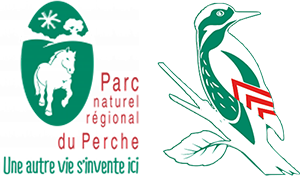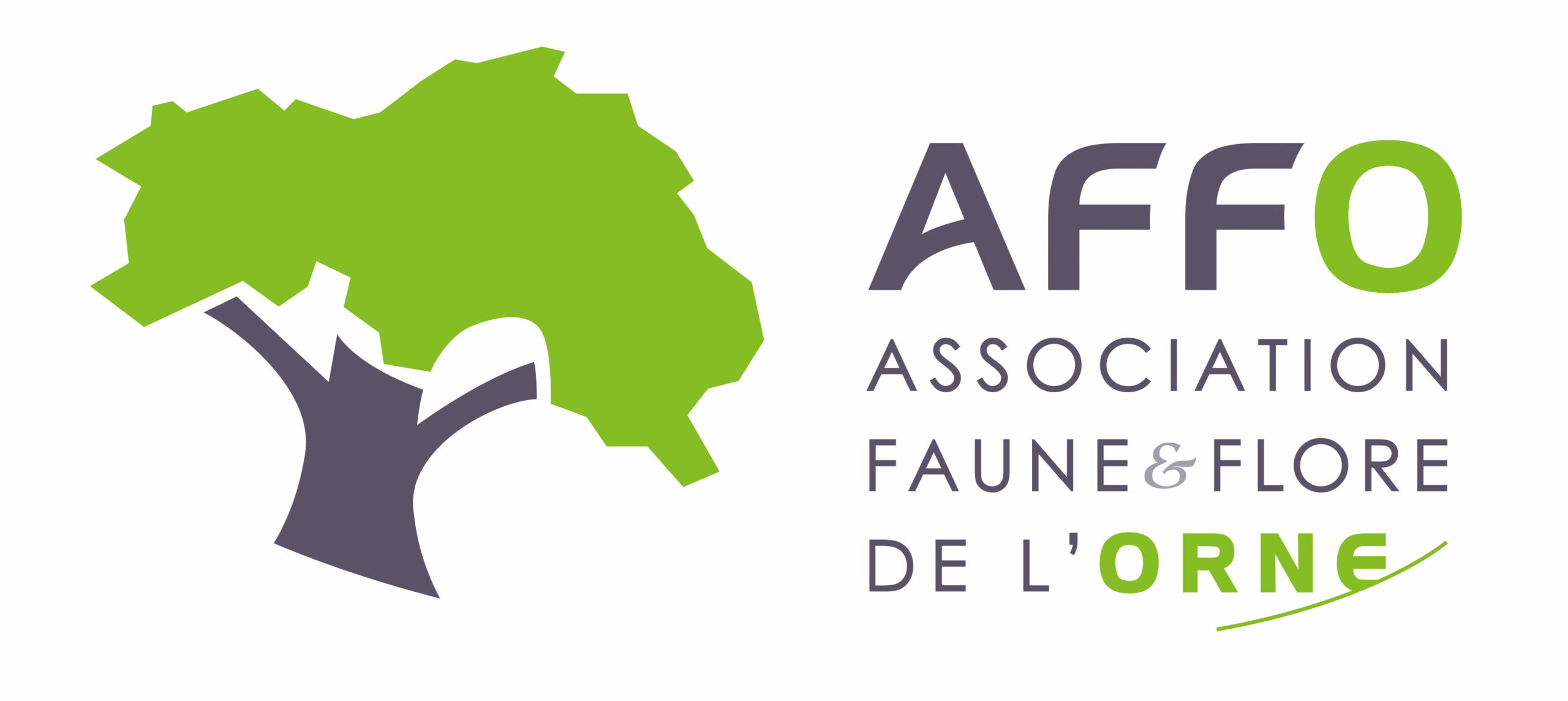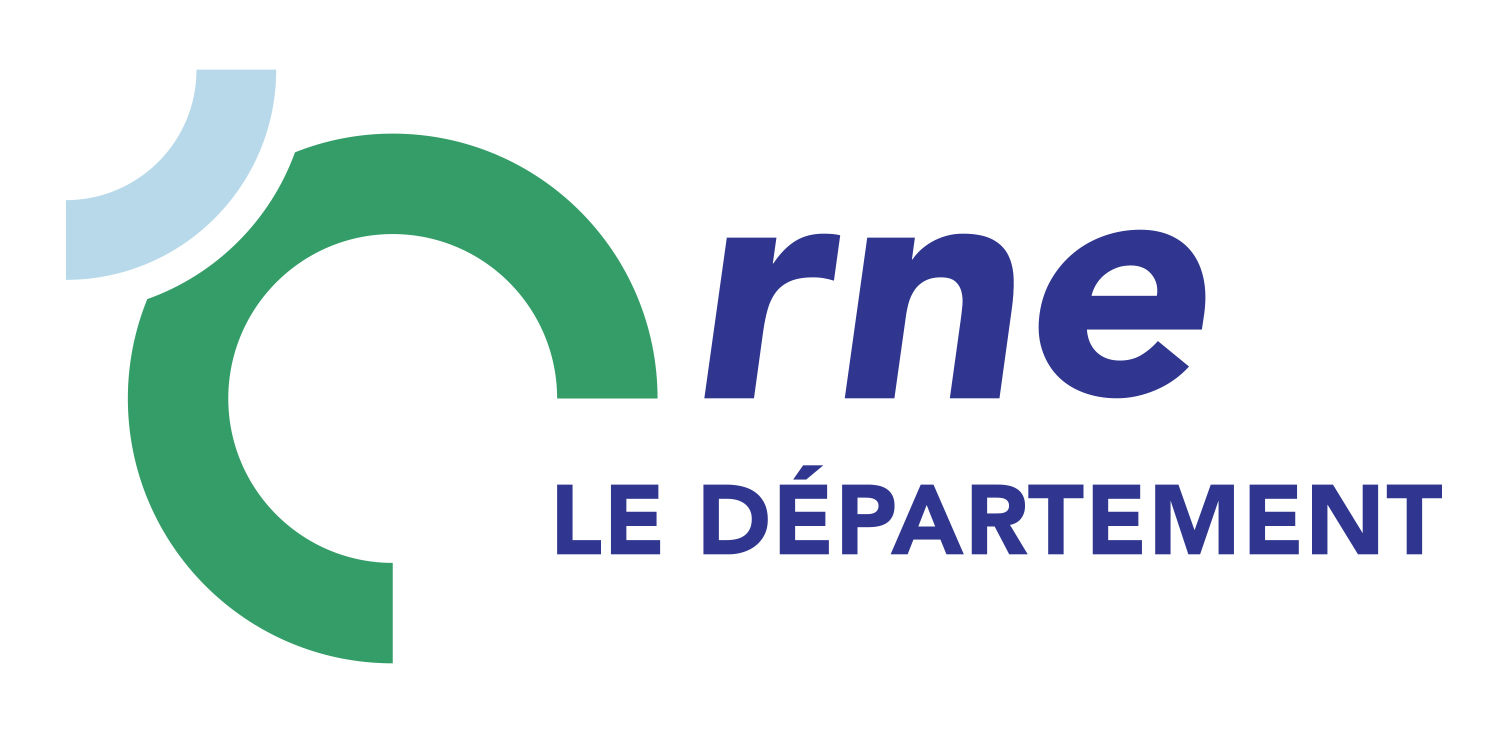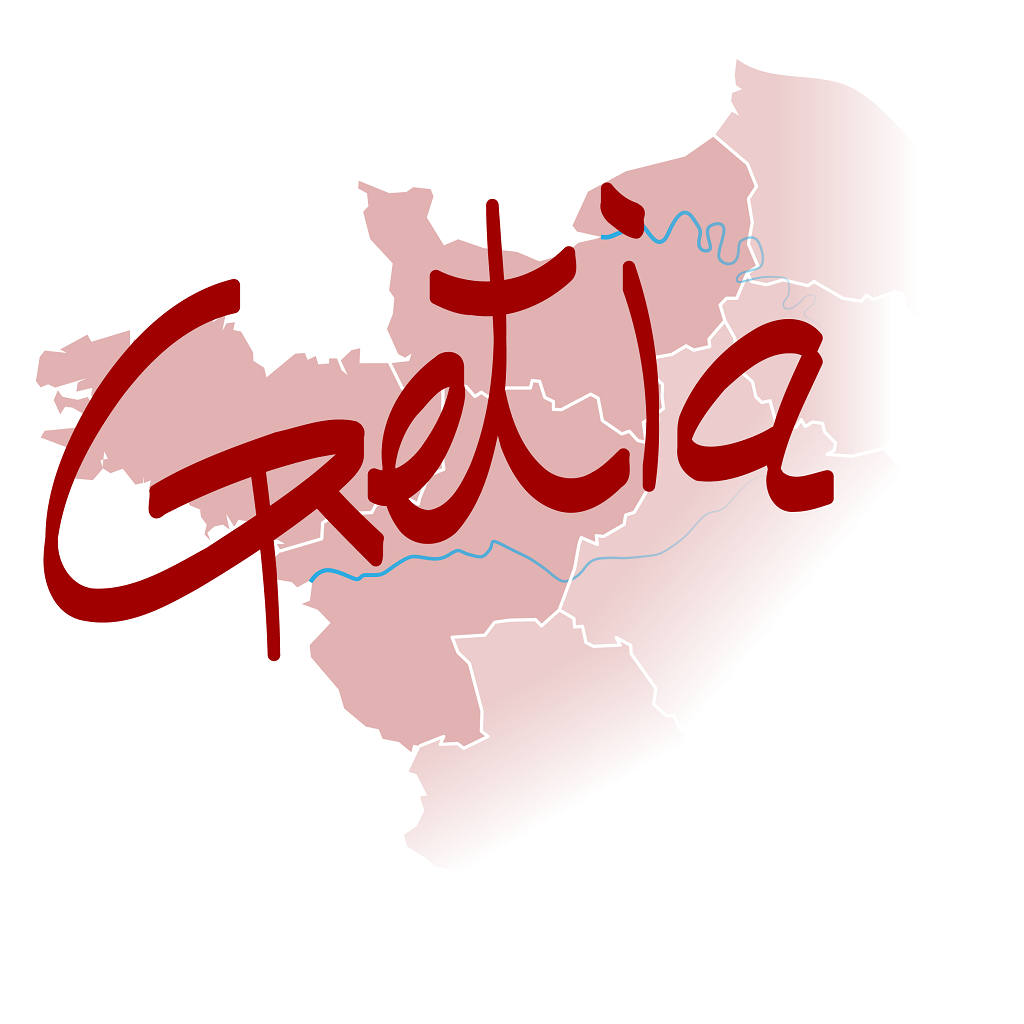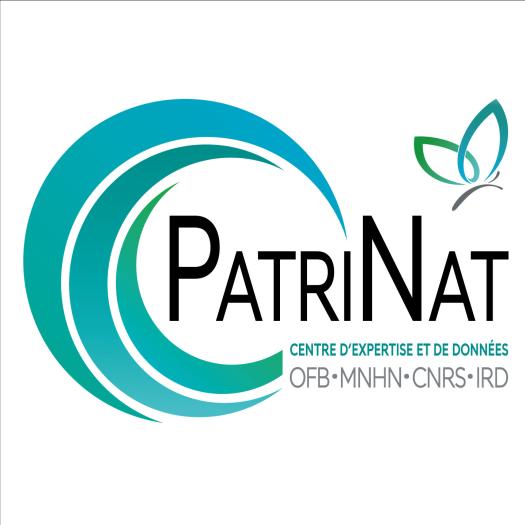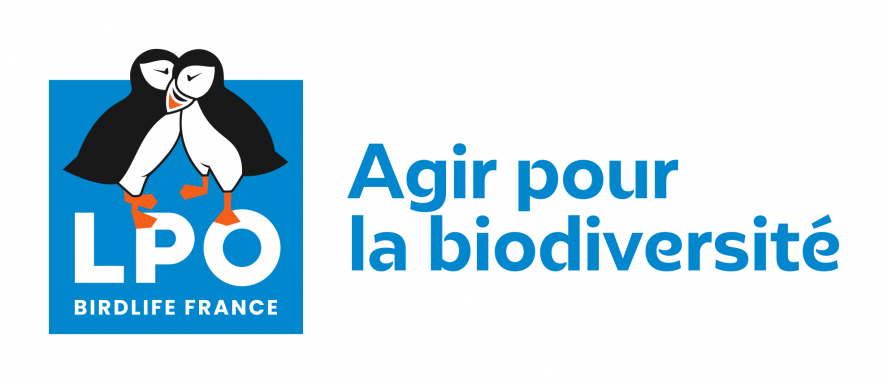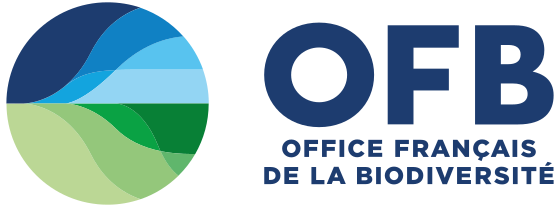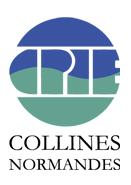- 230 observations
-
74
communes -
33
observateurs
21
organismes -
Première observation
1921 -
Dernière observation
2025
Alençon - Athis-Val de Rouvre - Bailleul - Banvou - Beauvain - Belforêt-en-Perche - Boischampré - Bretoncelles - Briouze - Ceton - Chailloué - Champsecret - Charencey - Condé-sur-Sarthe - Coulonges-sur-Sarthe - Domfront en Poiraie - Écouché-les-Vallées - Écouves - Feings - Gandelain - Giel-Courteilles - Gouffern en Auge - Héloup - Juvigny Val d'Andaine - La Chapelle-Souëf - La Ferté Macé - L'Aigle - La Lande-de-Goult - Le Champ-de-la-Pierre - Le Châtellier - Le Grais - Le Mage - Le Ménil-Broût - Les Monts d'Andaine - Les Ventes-de-Bourse - Longny les Villages - Lonlay-l'Abbaye - L'Orée-d'Écouves - Mahéru - Mantilly - Mauves-sur-Huisne - Ménil-Hermei - Messei - Mieuxcé - Monts-sur-Orne - Moutiers-au-Perche - Neauphe-sous-Essai - Passais Villages - Perche en Nocé - Pervenchères - Pointel - Putanges-le-Lac - Rémalard en Perche - Rives d'Andaine - Sablons sur Huisne - Saint-Céneri-le-Gérei - Saint-Denis-sur-Sarthon - Sainte-Honorine-la-Guillaume - Sainte-Opportune - Saint-Germain-de-la-Coudre - Saint-Gervais-du-Perron - Saint-Martin-des-Landes - Saint-Martin-du-Vieux-Bellême - Saint-Patrice-du-Désert - Saint-Philbert-sur-Orne - Saint-Pierre-la-Bruyère - Soligny-la-Trappe - Suré - Tessé-Froulay - Tinchebray-Bocage - Torchamp - Tourouvre au Perche - Val-au-Perche - Verrières
-
PNR du Perche
Participation à 87 Observations
Part d'aide à la prospection : 37.83 %
Fiche organisme
-
Association Faune & Flore de l'Orne (AFFO)
Participation à 51 Observations
Part d'aide à la prospection : 22.17 %
Fiche organisme
-
Société Française d'Odonatologie
Participation à 45 Observations
Part d'aide à la prospection : 19.57 %
Fiche organisme
-
Office pour les insectes et leur environnement (OPIE)
Participation à 45 Observations
Part d'aide à la prospection : 19.57 %
Fiche organisme
-
DREAL Centre-Val de Loire
Participation à 33 Observations
Part d'aide à la prospection : 14.35 %
Fiche organisme
-
PNR et géoparc mondial UNESCO Normandie-Maine
Participation à 22 Observations
Part d'aide à la prospection : 9.57 %
Fiche organisme
-
Conseil départemental de l'Orne (bureau ENS)
Participation à 15 Observations
Part d'aide à la prospection : 6.52 %
Fiche organisme
-
GRoupe d'ETude des Invertébrés Armoricains (GRETIA)
Participation à 7 Observations
Part d'aide à la prospection : 3.04 %
Fiche organisme
-
INTERVIA ETUDES
Participation à 6 Observations
Part d'aide à la prospection : 2.61 %
Fiche organisme
-
Naturalia-Environnement
Participation à 6 Observations
Part d'aide à la prospection : 2.61 %
Fiche organisme
-
Conseil départemental de l'Orne
Participation à 6 Observations
Part d'aide à la prospection : 2.61 %
Fiche organisme
-
UMS PatriNat (OFB-CNRS-MNHN)
Participation à 4 Observations
Part d'aide à la prospection : 1.74 %
Fiche organisme
-
Habitants-bénévoles
Participation à 3 Observations
Part d'aide à la prospection : 1.30 %
Fiche organisme
-
Système mondial d’information sur la biodiversité (GBIF)
Participation à 3 Observations
Part d'aide à la prospection : 1.30 %
Fiche organisme
-
Office Français de la Biodiversité (OFB)
Participation à 2 Observations
Part d'aide à la prospection : 0.87 %
Fiche organisme
-
Ministère de la Transition écologique et de la Cohésion des territoires
Participation à 1 Observation
Part d'aide à la prospection : 0.43 %
Fiche organisme
-
CPIE Collines normandes
Participation à 1 Observation
Part d'aide à la prospection : 0.43 %
Fiche organisme
-
Bureaux d'études & consultants
Participation à 1 Observation
Part d'aide à la prospection : 0.43 %
Fiche organisme
Informations espèce
Répartition actuelle en France métropolitaine
© INPN - Avertissement : les données visualisables reflètent l'état d'avancement des connaissances et/ou la disponibilité des données existantes au niveau national : elles ne peuvent en aucun cas être considérées comme exhaustives.
Répartition actuelle dans le monde
Avertissement : les données visualisables reflètent l'état d'avancement des connaissances et/ou la disponibilité des données existantes au niveau mondial : elles ne peuvent en aucun cas être considérées comme exhaustives.




